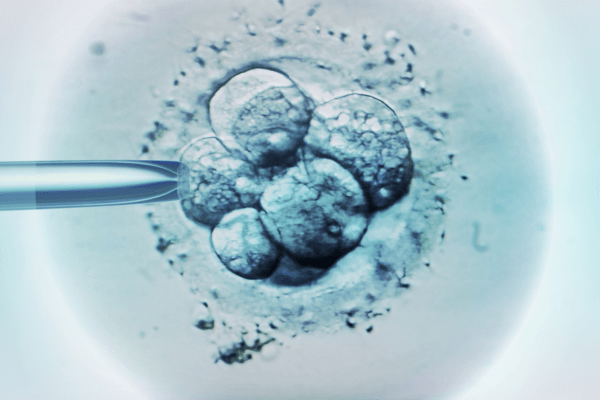Q1. What is the difference between IVF and ICSI?
Both IVF and ICSI are forms of in vitro fertilization, differing in the method of
fertilization in the embryology lab. In IVF, the sperm and egg are allowed to
fertilize naturally in a petri dish and it is used when sperm parameters are
normal. ICSI, on the other hand, is used for male factor infertility, where each egg
is injected with a sperm using a fine needle. It is indicated when sperm
parameters, such as count, motility, and morphology, are abnormal.
Q2. How many IVF attempts can one make?
The number of IVF attempts depends on various factors such as the age of the
female partner, clinical profile of the patient, previous IVF response, and financial
implications. In good clinics offering high standards of care most couples
conceive within 3 cycles with correct advice from the professionals. However,
there is no limit on the number of cycles of IVF though most do not need more
than 3 cycles.
Q3. Is IVF harmful?
Like any surgical procedure, there are inherent risks associated with IVF.
However, the rate of surgical complications during egg collection is minimal as it
is guided by ultrasound. The hormones used for egg stimulation are excreted
daily in urine and stools, assuming renal and kidney parameters are normal. The
incidence of severe ovarian hyperstimulation syndrome (OHSS) is very rare these
days with the advent of safer medication and better protocols. Mild and
moderate cases can be managed on an outpatient basis.
Q4. Is the incidence of multiple pregnancies high with IVF?
On average, the twin pregnancy rate is 20%, triplet pregnancy rate is 1%, and
singleton pregnancy rate is 79% in good clinics where one or two embryos are
transferred.
Q5. Is the incidence of birth defects high with IVF?
To date, millions of babies have been born worldwide through IVF, and evidence
suggests that there is no statistically significant increase in the incidence of birth
defects.
Q6. How long should one wait between two unsuccessful IVF cycles?
For fresh cycles, a gap of at least 1 month is recommended, while for frozen
cycles, a gap of 1 month is generally advised.
Q7. Is it true that success is difficult in the first IVF attempt?
The success rate of IVF is dependent on many factors such as age of female
partner, egg reserve, expertise of the clinic to name a few and hence is not the
same for all and is highly individualized. In good clinics offering high standards
of care, in women less than 35 years of age when 2 blastocysts are transferred
the success rate is close to60-65%. The overall pregnancy rate for IVF is around
40-50% in good clinics globally, which means around 40-50 cases per 100 result
in pregnancy in the first attempt.
Q8. Is complete bed rest advised after embryo transfer?
Recent evidence does not support complete bed rest and patients can resume
their routine non-strenuous activities.
Q9. How long should one rest immediately after embryo transfer before leaving
the hospital?
Usually, a rest period of 5-10 minutes is sufficient.
Q10. When does IVF treatment start and how long does it take?
There are two commonly used protocols: the long protocol and the short
(antagonist) protocol. The short protocol starts within the first three days of
menstruation, while the long protocol starts on day 21 of the previous cycle.
Q11. Which protocol is better?
The choice of protocol depends on the individual clinical case. The short protocol
is preferred for donor cycles and polycystic ovary syndrome (PCOS) cases.
Q12. Can embryo transfer be done under anesthesia?
Yes, we offer the provision for embryo transfer to be done under anesthesia.
Q13. Will I need many injections even after embryo transfer?
This depends on the clinic. In our clinic, we do not routinely encourage injections
after embryo transfer, except in selected cases.
Q14. How many ultrasound visits are required at the hospital?
On average, four ultrasound visits are recommended during an IVF cycle.

